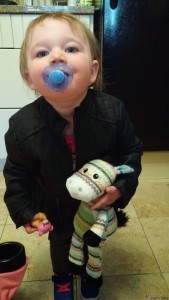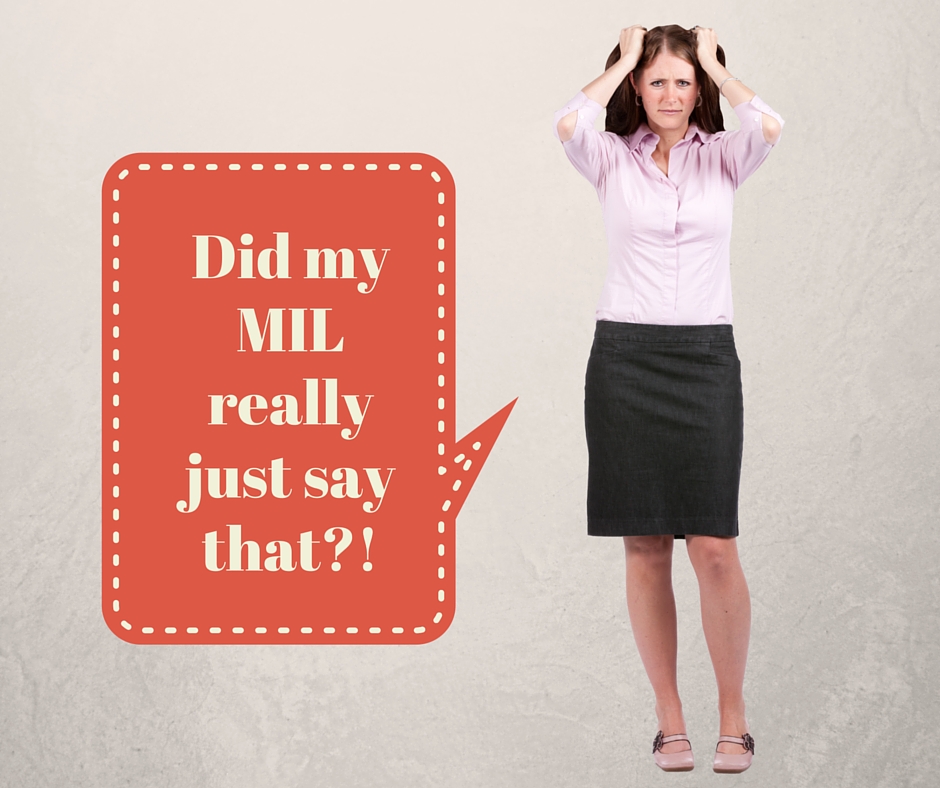Motherhood comes with a host of choices about what is best for you, your family and your children. We at Boston Moms Blog are a diverse group of moms who want to embrace these choices instead of feel guilty or judged for them! Our “Parenting Perspectives” series is currently focused on comfort items.
 If you had one simple tool that helped you relax, wouldn’t you use it?
If you had one simple tool that helped you relax, wouldn’t you use it?
You probably already do. Maybe it’s a glass of wine or chocolate or a bubble bath. All are simple and, in moderation, practically harmless. You likely don’t give it a second thought. It’s your coping tool. For my daughter, it’s a pacifier.
I honestly don’t get the big deal about giving a baby or toddler a pacifier. The advantages far outweigh the disadvantages. According to the American Academy of Pediatrics (AAP), advantages include:
- Helps to soothe a fussy baby, since babies have a tendency and need to suck on things.
- Offers a temporary distraction, especially during medical procedures.
- Assists with falling asleep.
- Eases discomfort during flights.
- Reduces the risk of sudden infant death syndrome (SIDS).
- Disposable when ready, as opposed to a child who sucks on his or her thumb or fingers.
I’ve discovered even more advantages. If my kiddo has a pacifier, she doesn’t put other things in her mouth, like that pile of confetti sparkle stars she was eyeing at our friend’s house. And when she’s getting too rowdy in a restaurant —stomping her feet on the booth seat, binging (her phrase not mine) me with crayons on the nose, or saying, “Hi, hi, hi, hi” to the less-than-amused people in the adjacent booth — the pacifier is a magical and legal tranquilizer. Pop it in, and quickly and efficiently my kiddo quiets down. My blood pressure shortly follows suit.
The drawbacks of pacifiers, according to the AAP, are minimal.
- Early pacifier use might interfere with breastfeeding. However, if you wait until after breastfeeding has been established, it tends to not be an issue.
- Pacifier use can increase risk for middle ear infections. However, rates of middle ear infections are generally lowest from birth to age 6 months, which is also when the risk of SIDS is the highest, so it is a trade off.
- Pacifier use post 3 to 4 years old might lead to dental problems. However, most children lose interest in pacifiers by this age.
In fairness, I’ve discovered some other drawbacks. There have been many nights I’ve been woken from a deep sleep by a whimpering baby who lost her pacifier. It then becomes a race to find and reinsert the pacifier before the kiddo fully wakes. I go searching on my hands and knees in the dark under each side of the crib skirt and in the crevice between the wall and the crib, all the while cursing the existence of this comfort crutch, and eventually giving up and running to find a replacement paci from another room. And I do have a hard time understanding my daughter when she talks with the pacifier in her mouth. The other day I thought she was saying “Lexi’s hat” — nope, it was “bathmat.” I hope I don’t find her putting the bathmat on her head anytime soon.
Even still, I’m 100 percent pro pacifier. To be honest, sometimes I think I’m addicted to it more than my daughter for the quiet and calm it provides not just her, but the whole family. I’m sure one day, when my kiddo is ready, she will give it up. I’ve yet to see a bride walk down the aisle with a pacifier. Until that day, however, if you see my kid or any other with a pacifier, I ask you to respectfully hold your judgment. If you get all cranky about how others are parenting their children, perhaps you should consider getting your own pacifier to calm you down. After all, the pacifier is a magical and legal tranquilizer.














My kids all used pacifiers and it served them all really well. Although I still remember the very distinct sound of a pacifier hitting the floor in the middle of the night and the subsequent race to retrieve it before the baby woke up fully. Pacify on. 🙂
Yes, pacify on, Stacie. Thanks for commenting.